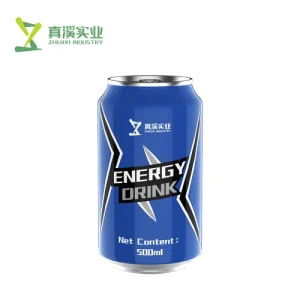Sparkling vs. Still: A Battle of the Bubbles
When choosing between sparkling water and still water, consumers often consider taste and mouthfeel, but there are other factors like health benefits and environmental impact to think about. Sparkling water, often referred to as carbonated water, is infused with carbon dioxide under pressure, giving it its signature fizz. Still water, on the other hand, is free of added gases and remains the most natural form of hydration.
Hydration and Health Benefits
Both sparkling and still water provide excellent hydration qualities, but the former offers a unique sensation due to its bubbles, which can make it more appealing to those who find regular water too bland. A key point to consider is that sparkling water can contain added minerals like sodium, calcium, and magnesium, depending on the brand. For example, some brands of sparkling water can have up to 50 mg of sodium per liter, which is something to watch if sodium intake is a concern.
Digestive Dynamics
There's a common belief that sparkling water aids in digestion. Studies suggest that the carbonation in sparkling water can improve swallowing ability and reduce constipation. It's also noted for providing a sense of fullness, which can be helpful for weight management. However, those with sensitive digestive systems or conditions like irritable bowel syndrome may find that carbonation can exacerbate symptoms like bloating and gas.

Impact on Dental Health
One concern with sparkling water is its potential impact on dental health. The carbonation process lowers the water’s pH, making it slightly acidic. While not as acidic as flavored sodas, which typically have pH values around 2.5 to 3.5, sparkling water usually has a pH around 4 to 5. Prolonged exposure to acidic drinks can lead to enamel erosion. Drinking sparkling water in moderation and rinsing with still water afterwards can help mitigate this risk.
Environmental Considerations
From an environmental perspective, the production of sparkling water requires more resources than still water, primarily due to the carbonation process and the need for stronger, more resilient packaging to withstand the pressure. Speaking of packaging, many sparkling waters are sold in aluminum cans which are 100% recyclable and provide a sturdy barrier against contamination and preserve the product's freshness.
Consumer Preferences and Market Trends
The market shows a rising trend in the consumption of sparkling water, driven by consumers' desire for healthier alternatives to sugary sodas. In the United States, the consumption of sparkling water has seen an average annual growth of about 12% over the past decade. This shift indicates a growing consumer preference for beverages that offer hydration without high calorie counts or artificial additives.
In comparing these two forms of water, it's clear that each has its place depending on individual needs and preferences. While still water is unbeatable for simplicity and natural hydration, sparkling water provides a lively alternative that can make meeting your daily water intake more enjoyable.